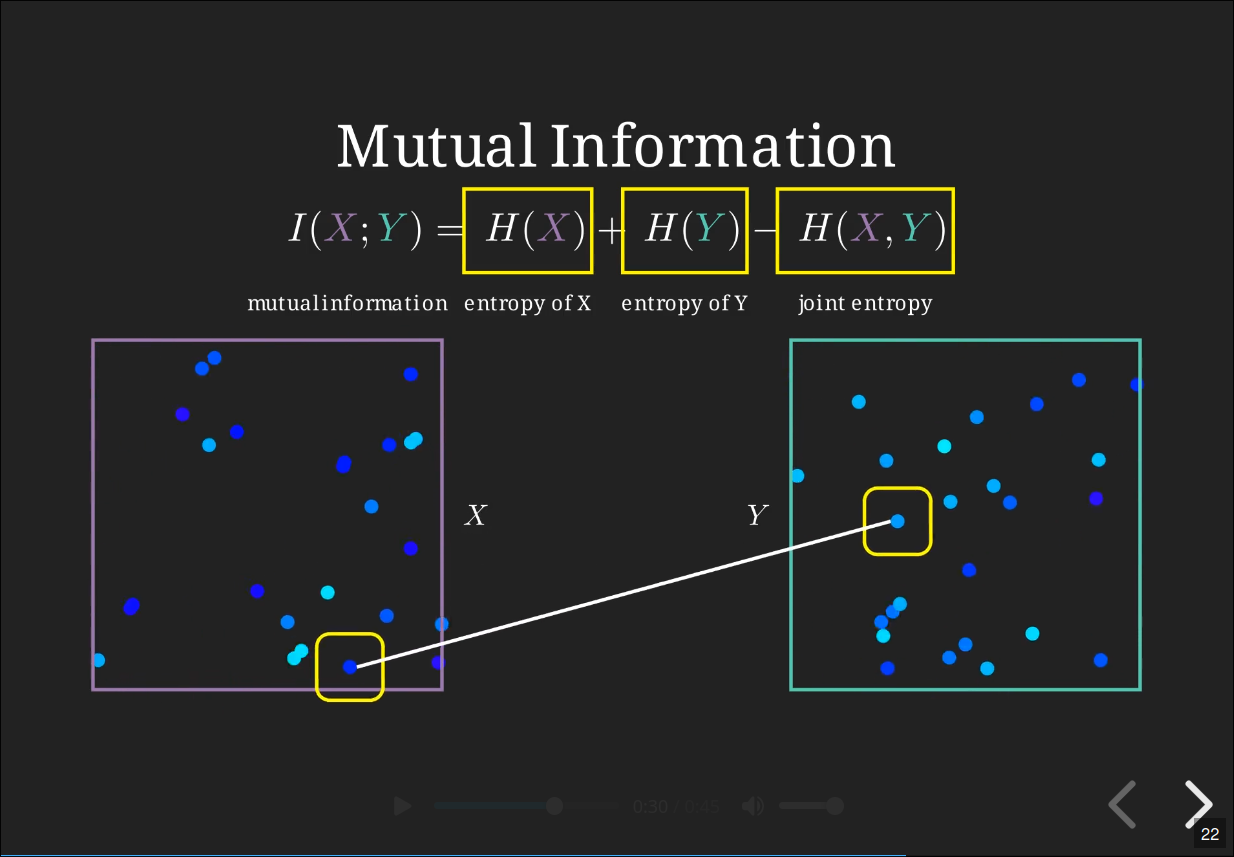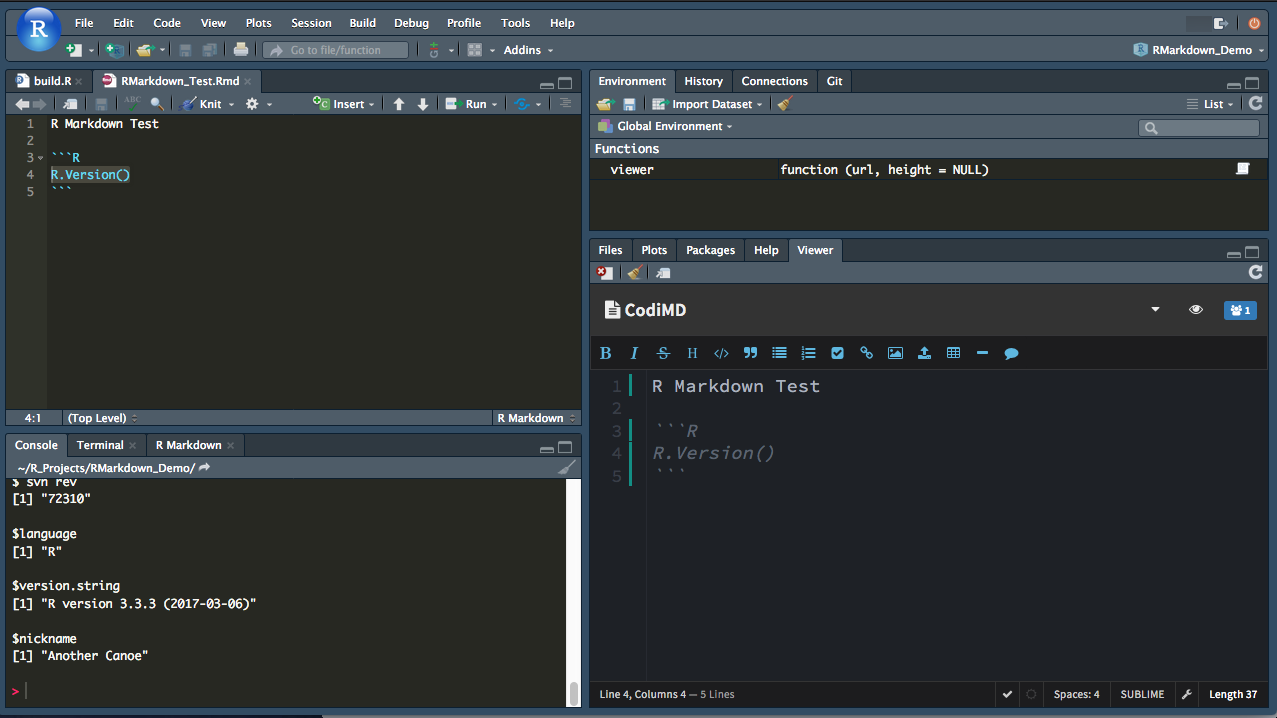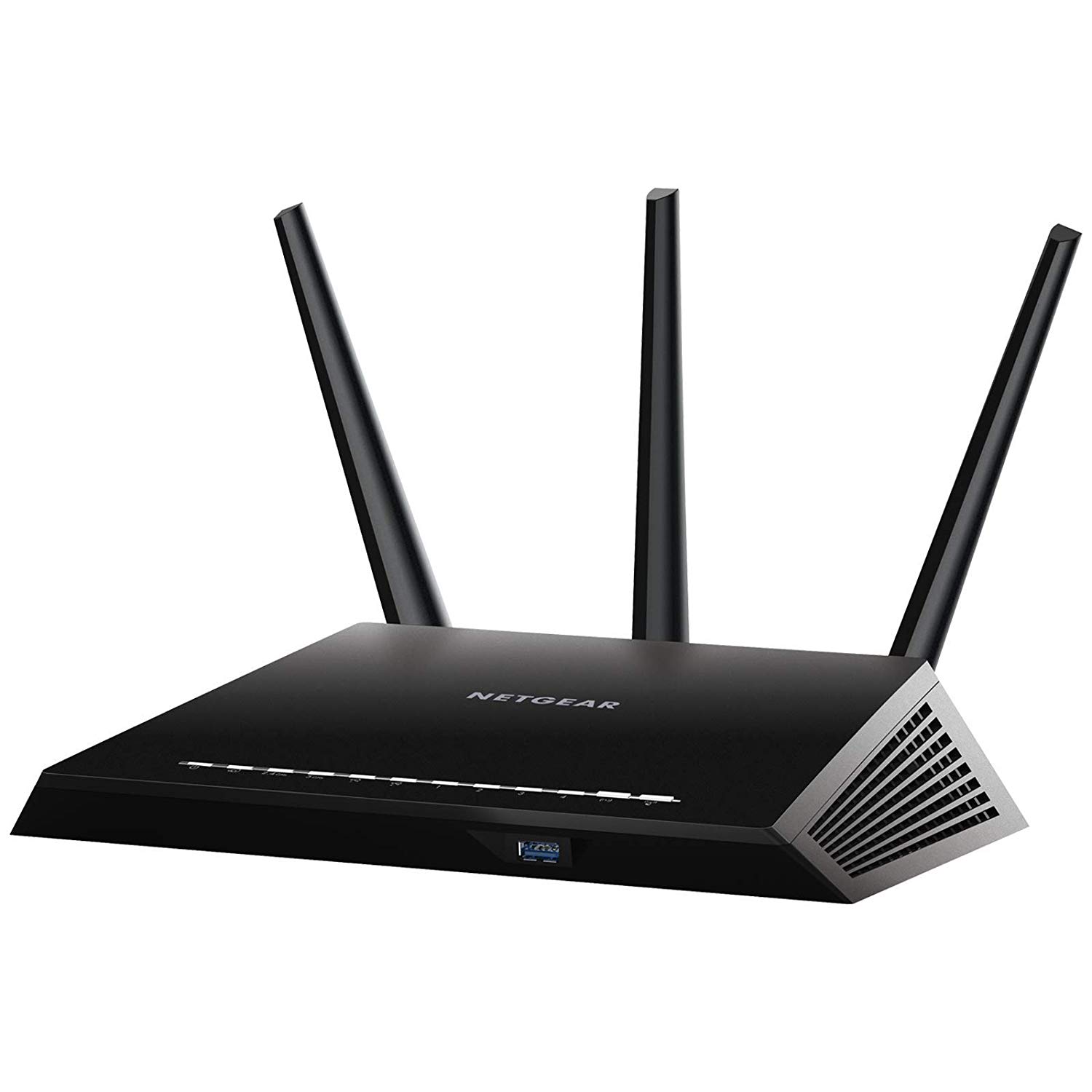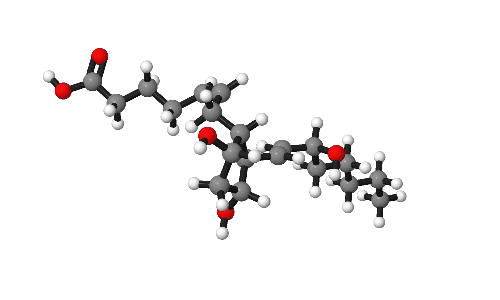Introduction Making engaging conference presentations is a core part of research. For the recent Models of Consciousness 2025 Conference I tried using the wonderful manim software to create rich web-compatible animations as part of my presentation.
This post describes how to generate similar slides using these tools.
The Presentation Distributed Consciousness Theory (DCT), Models of Consciousness 2025, Sapporo Japan — Dr Frank Giorlando — click to open in new tab Outline of tools To build the talk, I used a combination of three open-source tools and some bash scripting:







